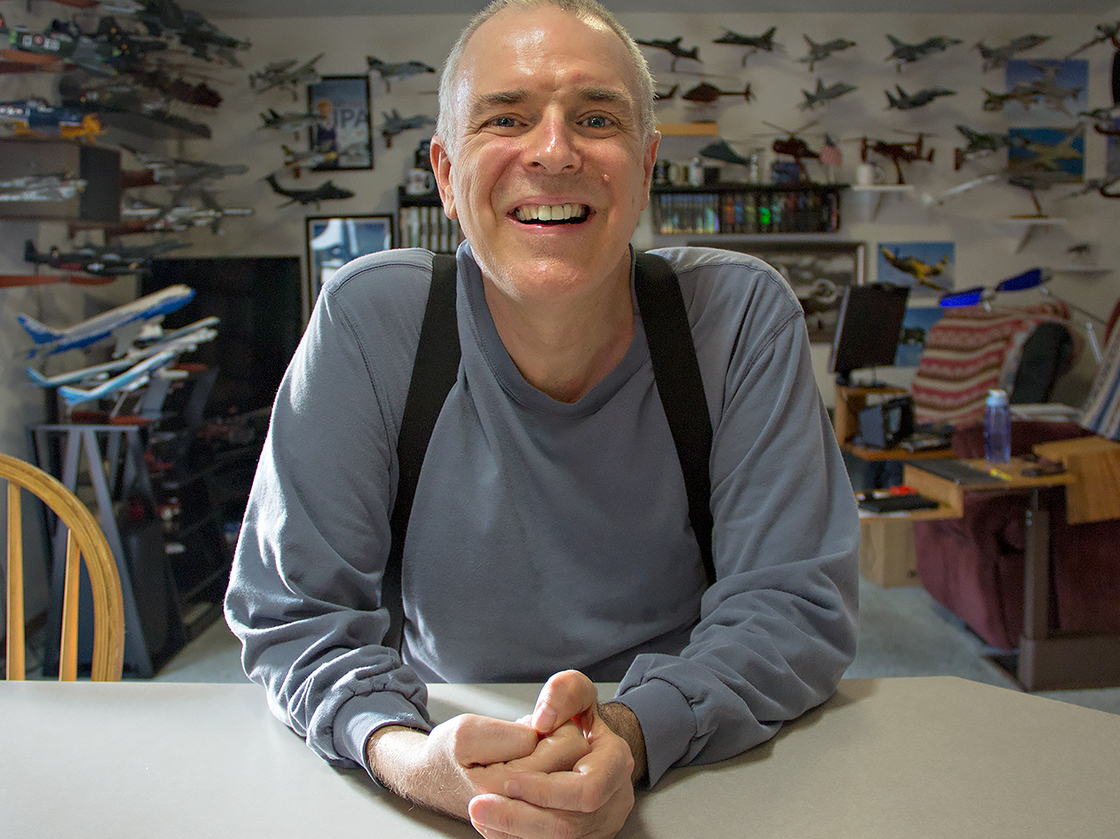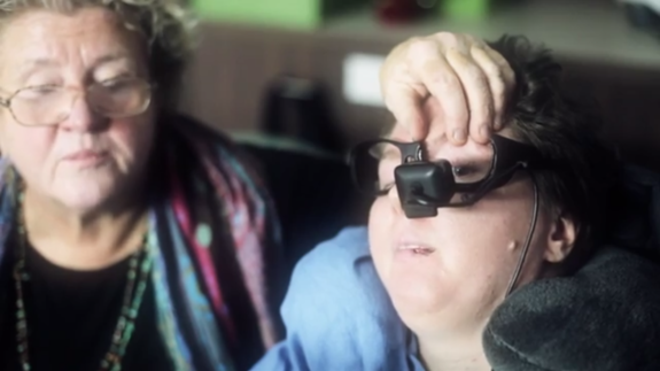The Centers for Medicare and Medicaid Services (CMS) has issued a number of different policy changes regarding coverage for speech generating devices (SGDs) that have created some confusion and raised significant concerns within the ALS community. The ALS Association’s Public Policy Department has worked on these issues since they first arose and continues to advocate to ensure that people with ALS have access to communications devices that are so vital to living with this disease. The issues are summarized below and include what action The Association is taking and what people with ALS can do to help.
Capped Rental:
Beginning on April 1, 2014, Medicare is changing how it pays for SGDs, switching to a system called “capped rental.” Since 2001, people with ALS always have had the option of renting SGDs; however the overwhelming majority purchases them. Beginning on April 1, people no longer will have that option. Instead, they will be required to rent the device over a 13 month period. During the capped rental period, people with ALS will be contacted each month by the manufacturer to ask whether the SGD will be needed during the next month. As long as the answer is yes, the patient can keep the device. After the 13th month, these monthly questions about further use will stop and the patient will own the device. The payment system change does not apply to anyone on Medicare who currently owns an SGD. Capped rental also does not affect which devices Medicare will cover, or the evaluation and documentation required to support Medicare coverage.The ALS Association has been actively engaged on this issue since CMS first proposed the change in the summer of 2013. We have submitted formal comments to CMS and have partnered with other organizations, those in industry and with Members of Congress who share our concerns to urge CMS not to make this change. Our concerns are outlined in the comments to CMS, here http://bit.ly/1h2e2X8. They include:
- Access: If people have an extended hospital stay or are in hospice while they are in the rental period, Medicare will not cover the rental fees. Instead, the device could be returned to the manufacturer while the patient would have to obtain a new one from the hospital or hospice or pay the entire monthly rental fee out-of-pocket.
- Cost: People who rent SGDs for the full 13 month rental period will pay 5% more out of pocket than if they had purchased the device up front. Most recently, several Members of Congress sent a letter (http://bit.ly/1lX98PA) to CMS urging them to: 1) delay the implementation date; 2) reevaluate the data on which their decision was based (CMS relied on 1987 claims data); and 3) meet with stakeholders. A number of meetings have taken place with CMS and a number of scenarios are possible. Those include:
- Full implementation on April 1
- Delay implementation
- Grandfather certain DME introduced to the market after 1987
- Grandfather all SGDs since the devices are not intended for short-term use
In the meantime, if you or someone you know experiences any difficulty accessing SGDs or other Durable Medical Equipment, such as power wheelchairs or accessories, please contact your local ALS Association Chapter immediately. Chapter contact information is available here: http://www.alsa.org/community/. If you do not have a local Chapter, please contact The ALS Association’s Public Policy Department at advocacy@alsa-national.org. The Association will actively provide assistance to anyone experiencing difficulties accessing these devices and also will share these difficulties with CMS officials and Members of Congress so that they fully understand how policy changes impact people with ALS and why they must change.
Dedicated Devices
On February 27, 2014, CMS issued a guideline titled a "coverage reminder" that addresses the types of SGDs and the features of the devices that Medicare will cover. This guideline raises several questions about the features of currently available SGDs, and about the temporary "locking" or "dedication" practice that has been in place since 2001 for computer-based devices. Under current practice, non-medical applications such as email and word processing software, are “locked” on computer-based devices because Medicare will not cover those applications. However, people with ALS subsequently may have the manufacturer “unlock” these additional features by paying a fee, which again is not covered by Medicare.Both the wording of the document and the manner in which it was issued (coverage reminder as opposed to amending coverage policy) make it unclear exactly what implications it has for SGD coverage now and in the future. There is some speculation that this guideline would end coverage for SGDs or disallow coverage for devices that include non-medical applications such as word processing software, regardless of whether those applications are “locked.” At this time it is just speculation and it is not clear exactly how the guideline impacts current coverage policy. However, it is clear that this guideline does not end Medicare coverage of SGDs and it does not end coverage for computer-based devices, which have been available to Medicare recipients since May 2001. It also does not change the evaluation or documentation required to support Medicare coverage.
As with “capped rental,” The Association is working with other organizations and with industry partners who share our concerns about the potential implications of the guideline. Together we will be working with CMS to clarify the meaning of the guideline and to ensure that people with ALS will continue to have access to SGDs, including computer-based devices. We also will keep the ALS community updated as the regulatory process moves forward and will alert the community if action is necessary.
In the meantime, if you or someone you know experiences any difficulty accessing SGDs, including computer-based devices, please contact your local ALS Association Chapter immediately. Chapter contact information is available here: http://www.alsa.org/community/. If you do not have a local Chapter, please contact The ALS Association’s Public Policy Department at advocacy@alsa-national.org. The Association will actively provide assistance to anyone experiencing difficulties accessing these devices and also will share these difficulties with CMS officials and Members of Congress so that they fully understand how policy changes impact people with ALS and why they must change.
If you have any questions about these issues or would like additional information, please contact the Public Policy Department at advocacy@alsa-national.org.







 Carl Moore, a former helicopter mechanic, was diagnosed with ALS 20 years ago. He has had unusual longevity for someone with ALS but expects someday to rely on his wheelchair and speech-generating device.
Carl Moore, a former helicopter mechanic, was diagnosed with ALS 20 years ago. He has had unusual longevity for someone with ALS but expects someday to rely on his wheelchair and speech-generating device.







 . Using an expensive eye-tracking system, Maggie was able to communicate rudimentarily. But the system was complicated and required a lot of adjustments to work properly, said Maggie's mother, Nancy Worthen.
. Using an expensive eye-tracking system, Maggie was able to communicate rudimentarily. But the system was complicated and required a lot of adjustments to work properly, said Maggie's mother, Nancy Worthen.